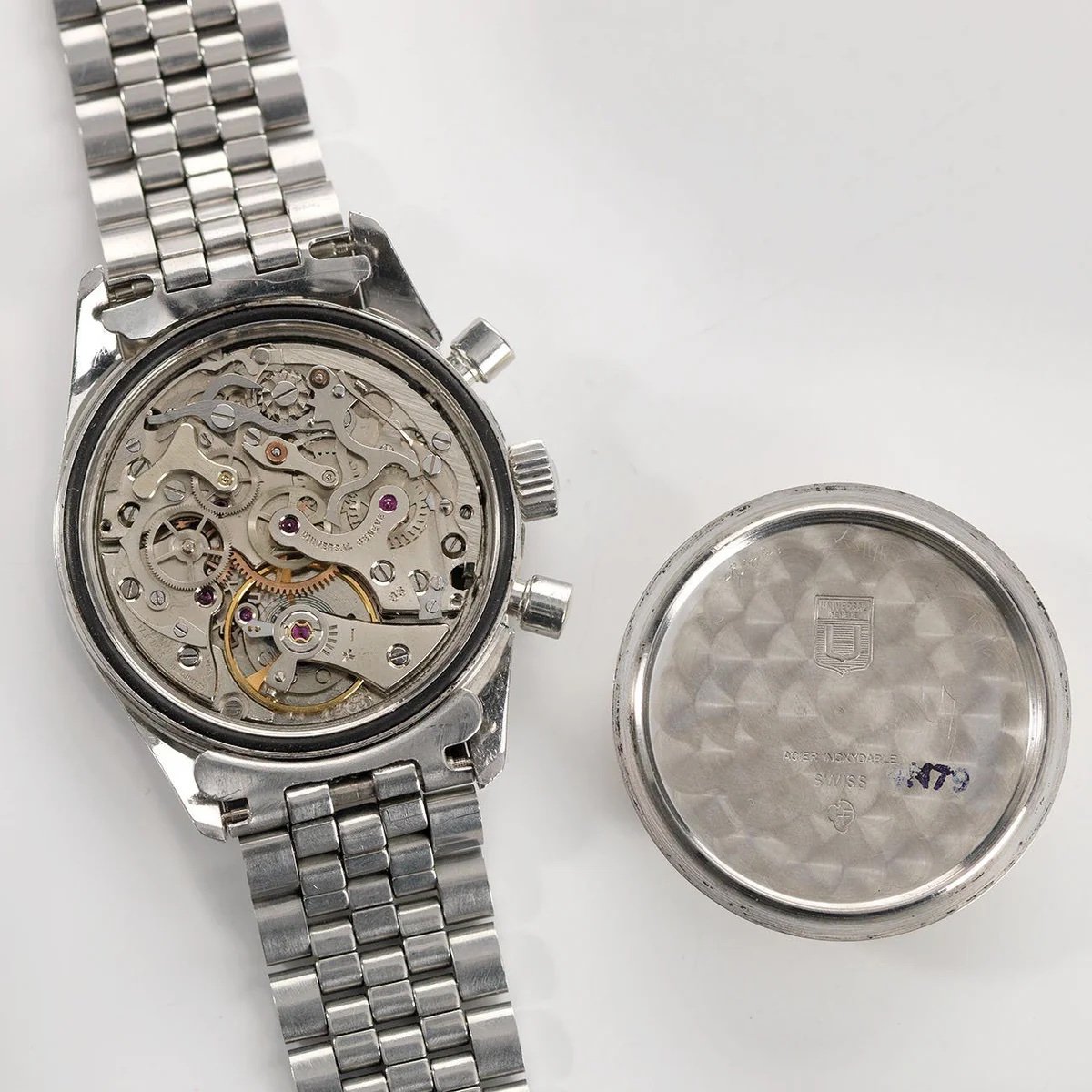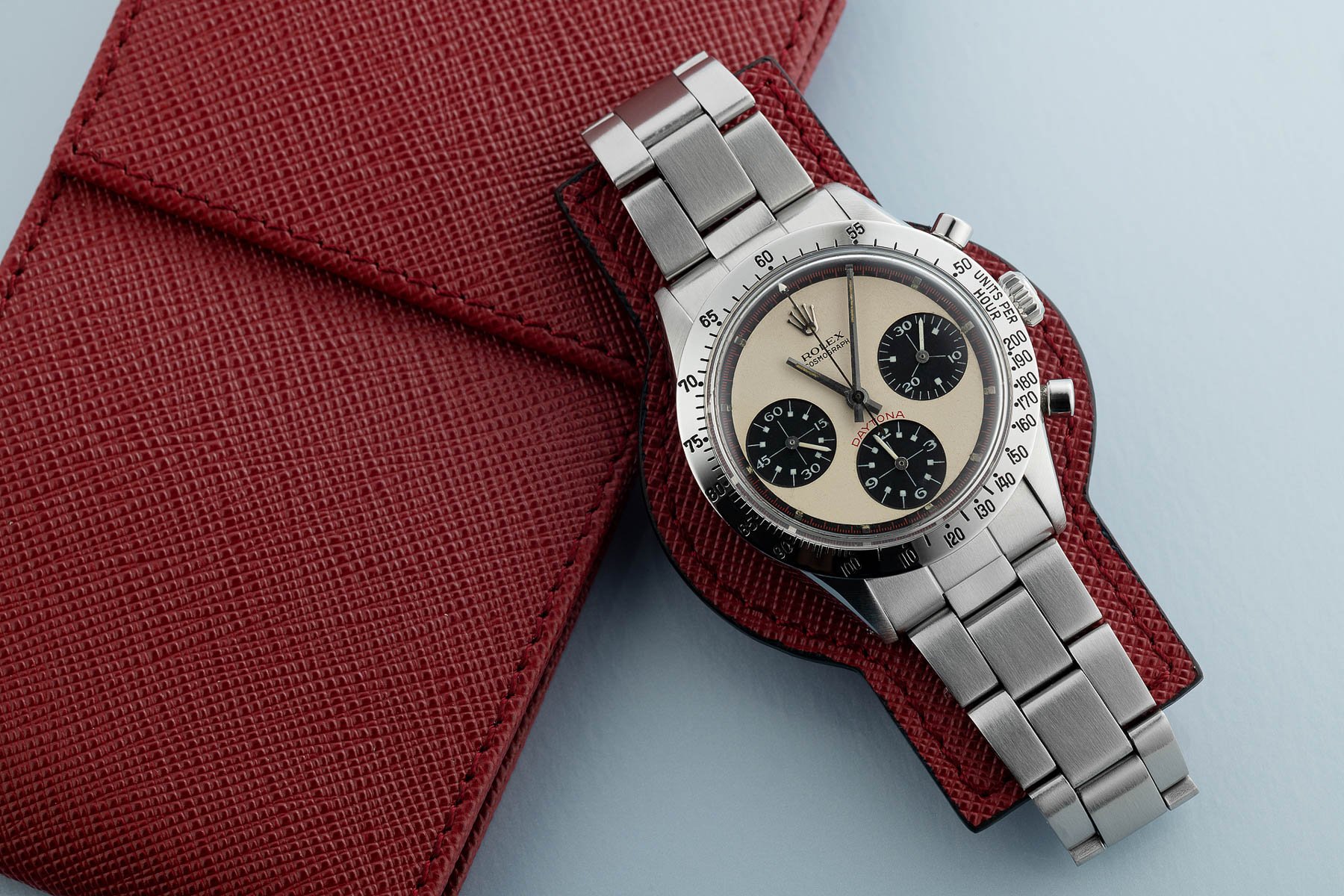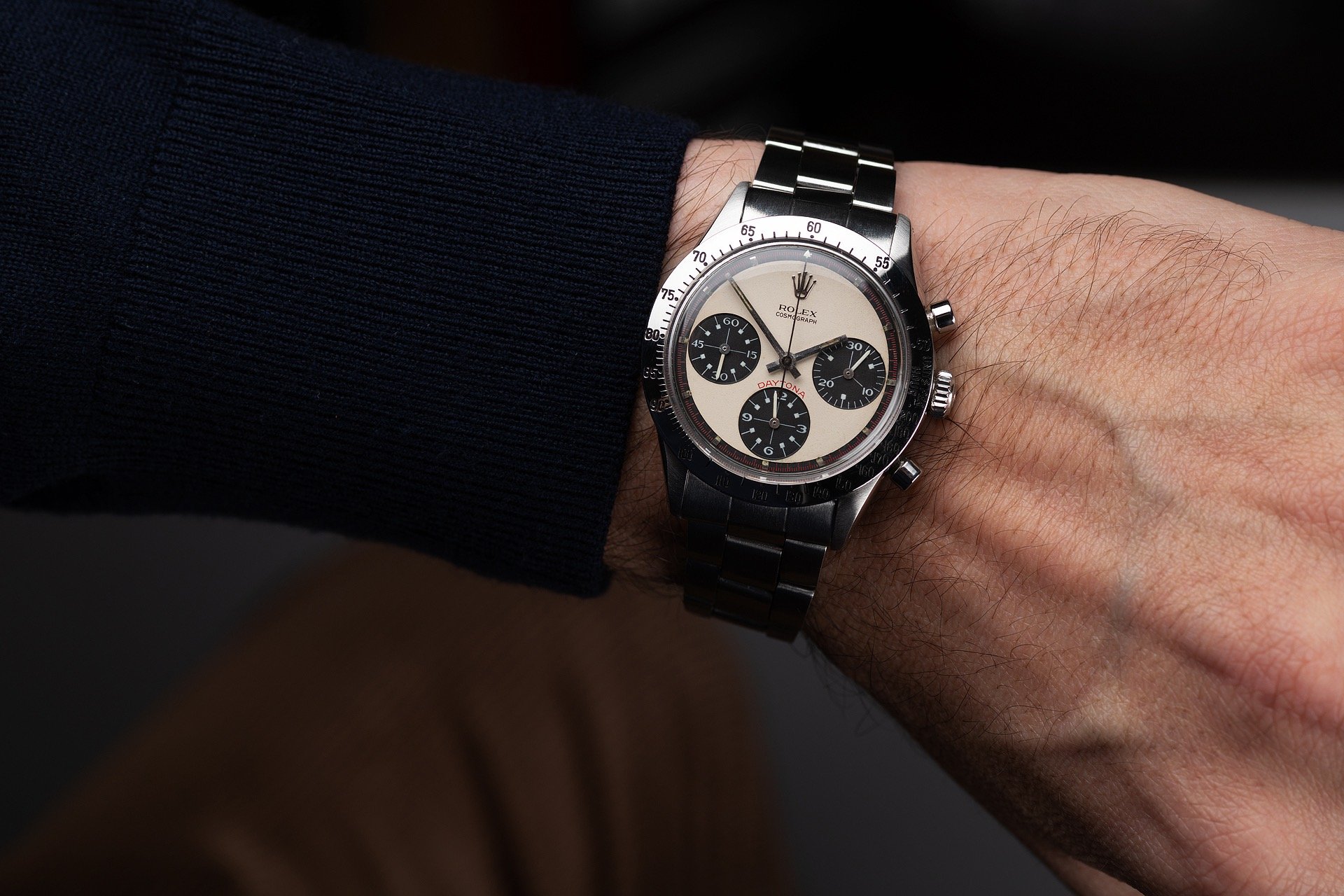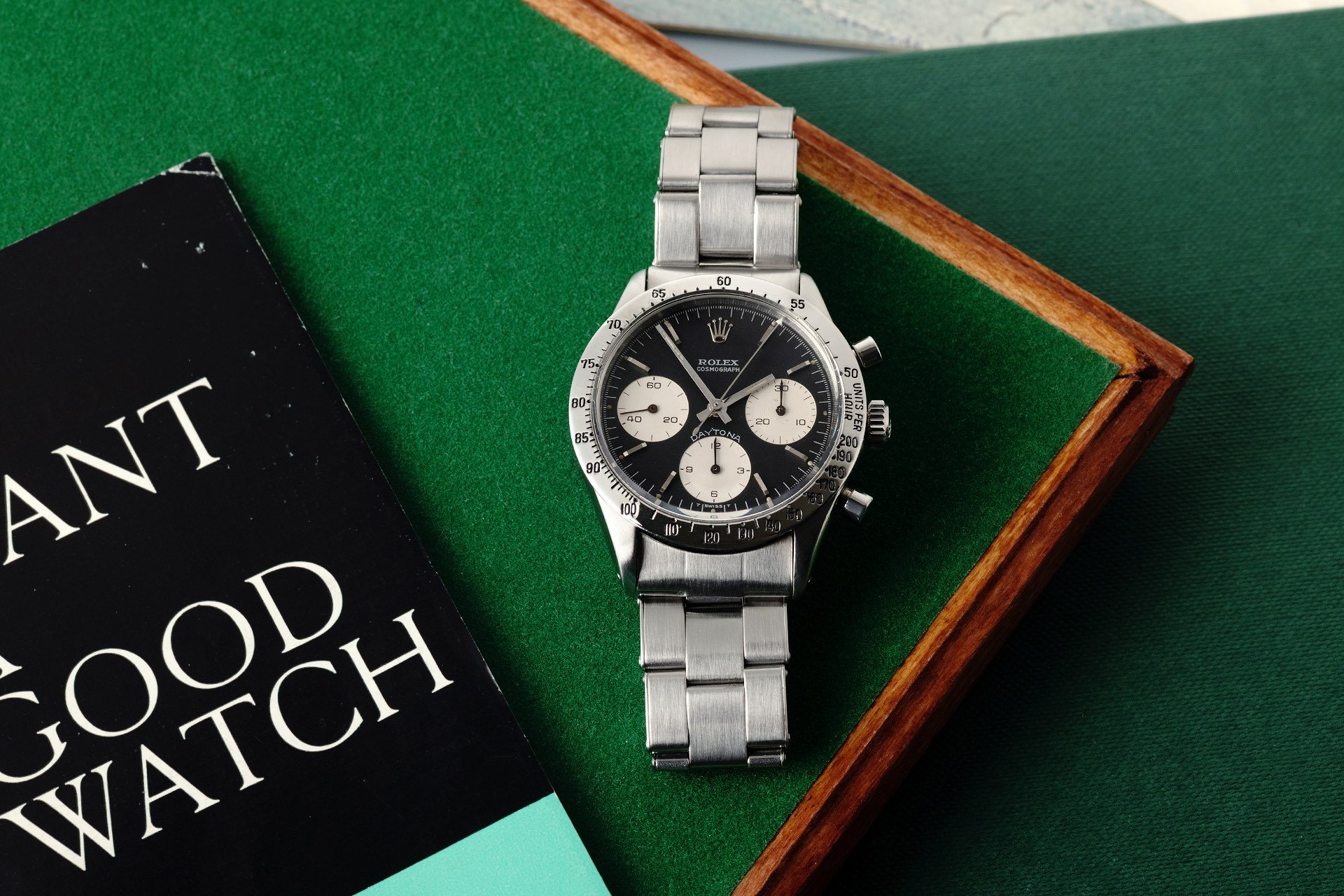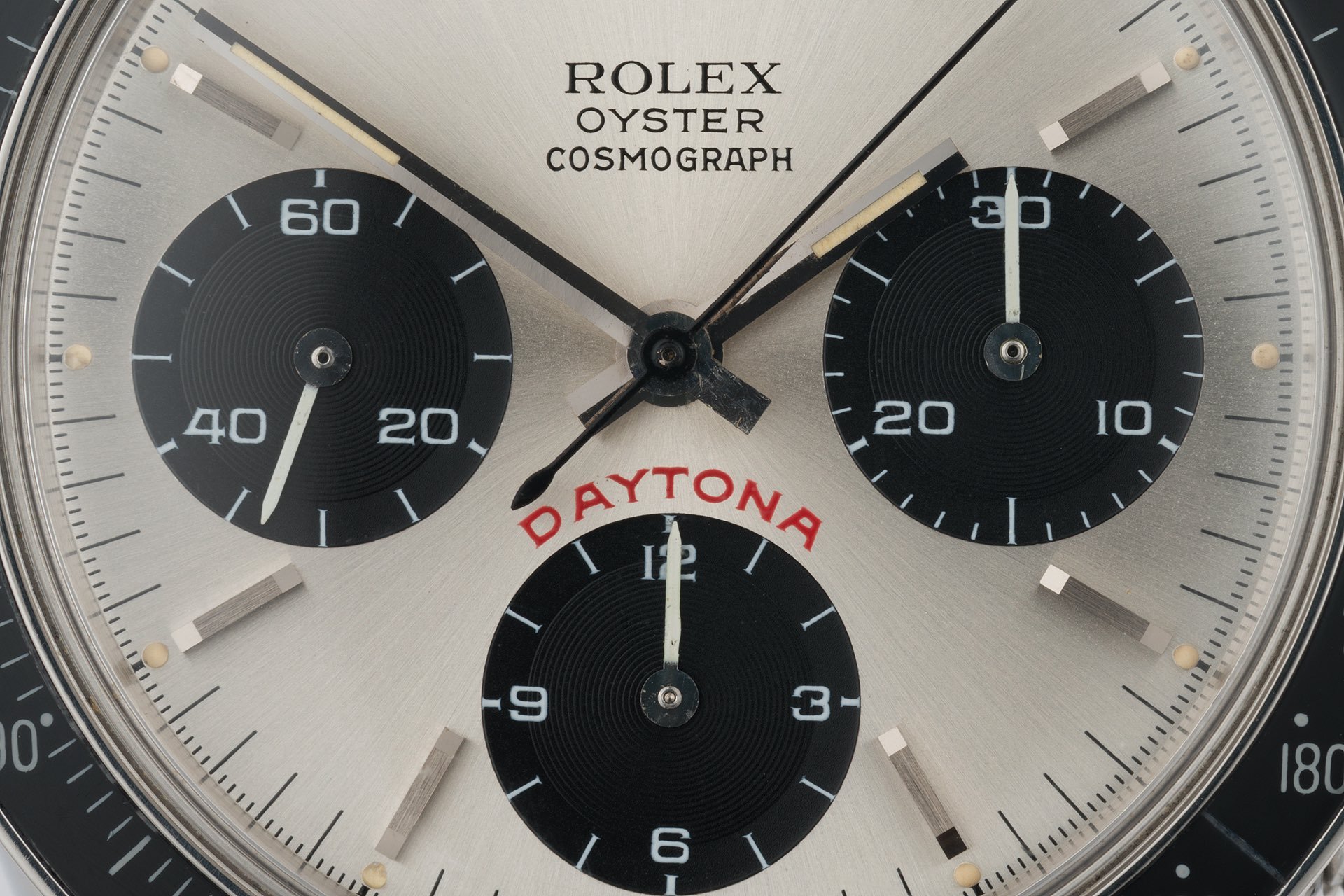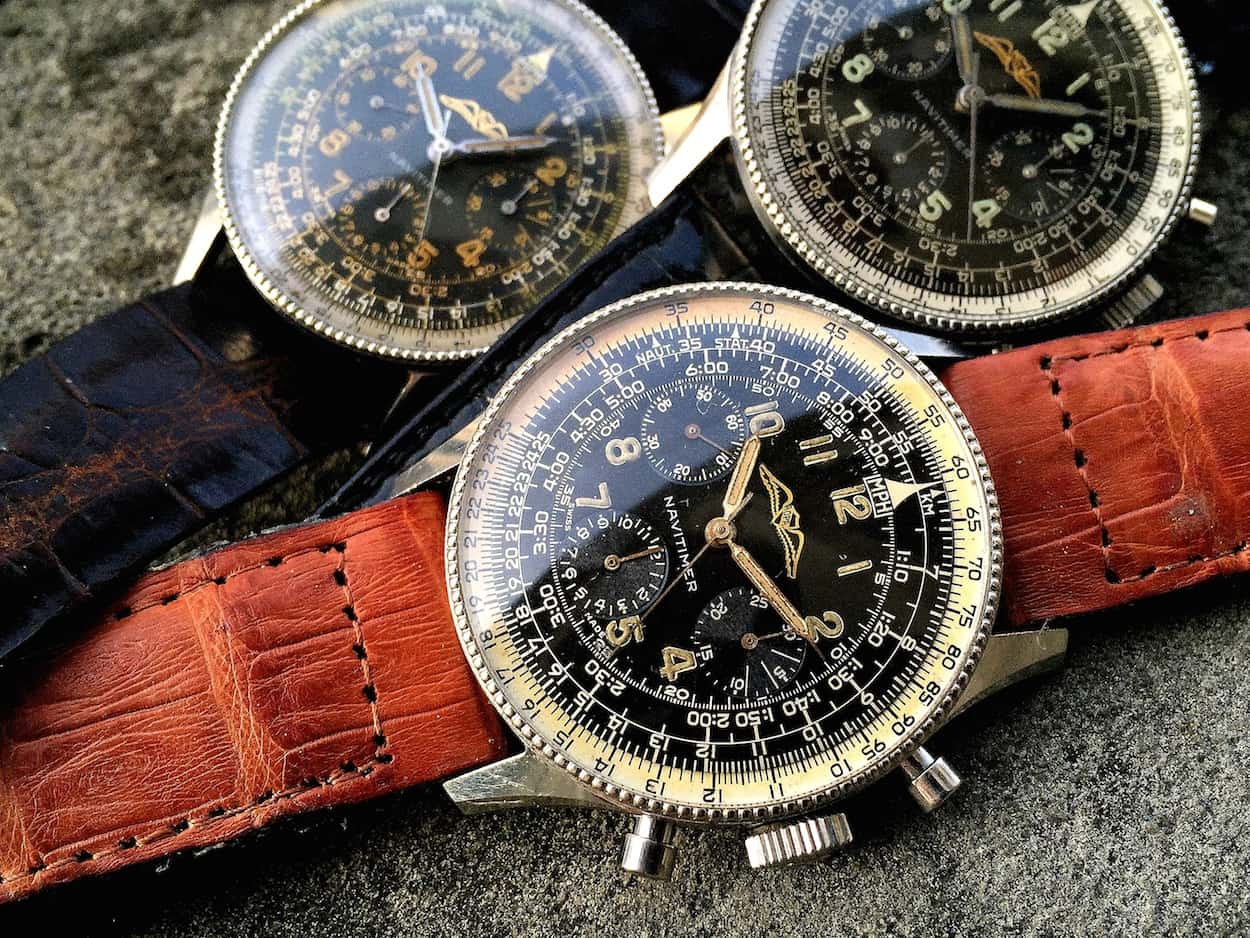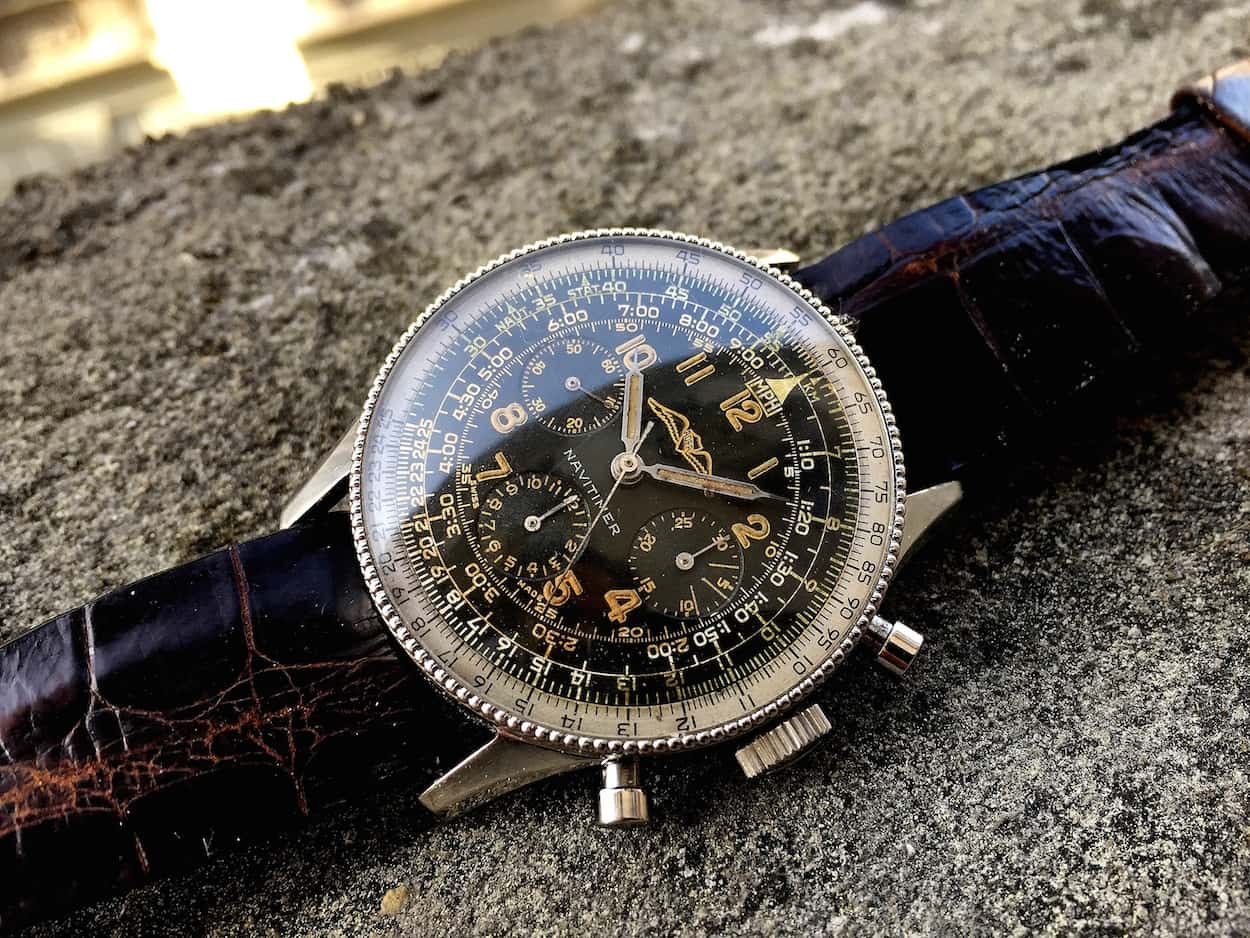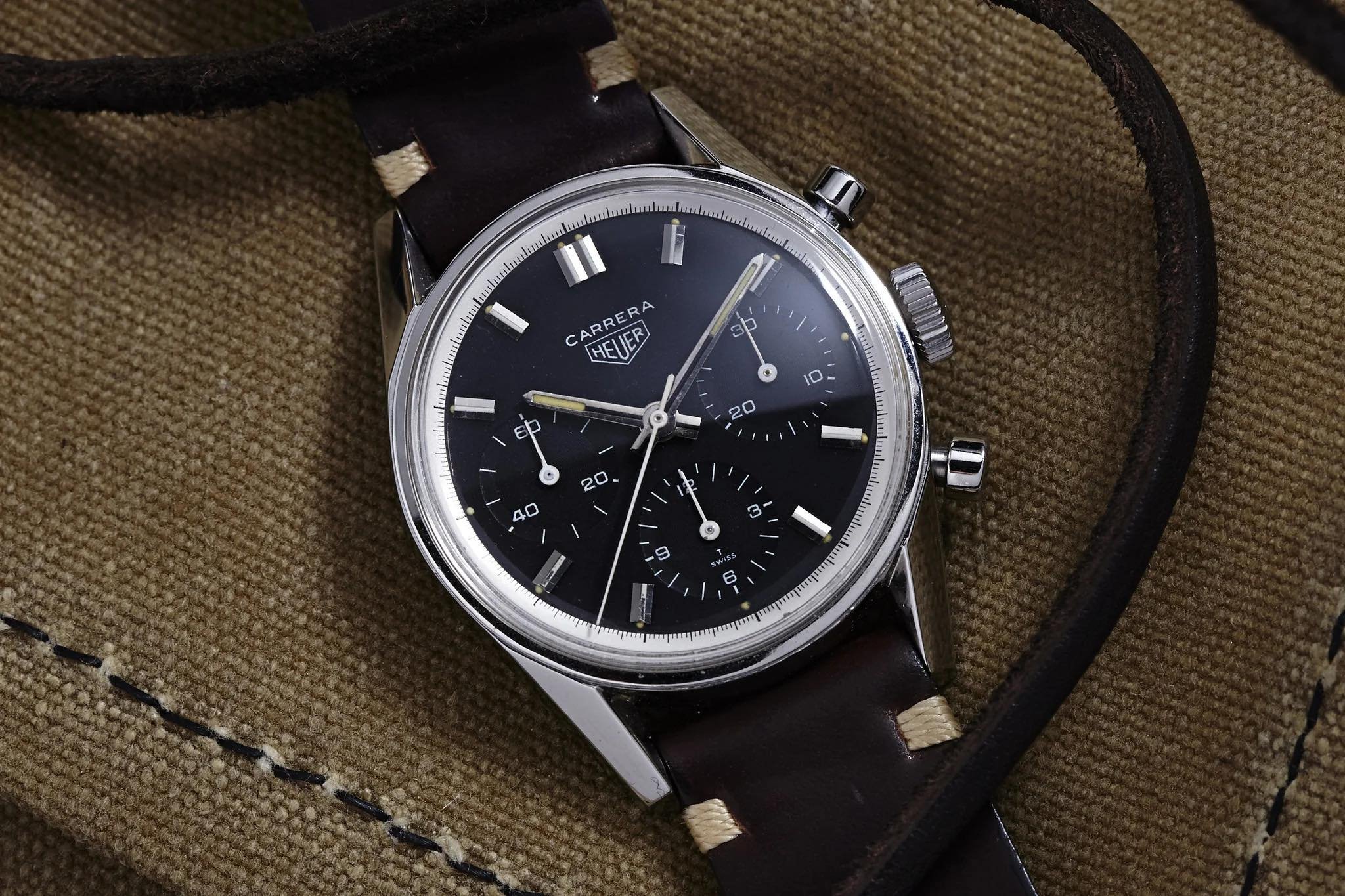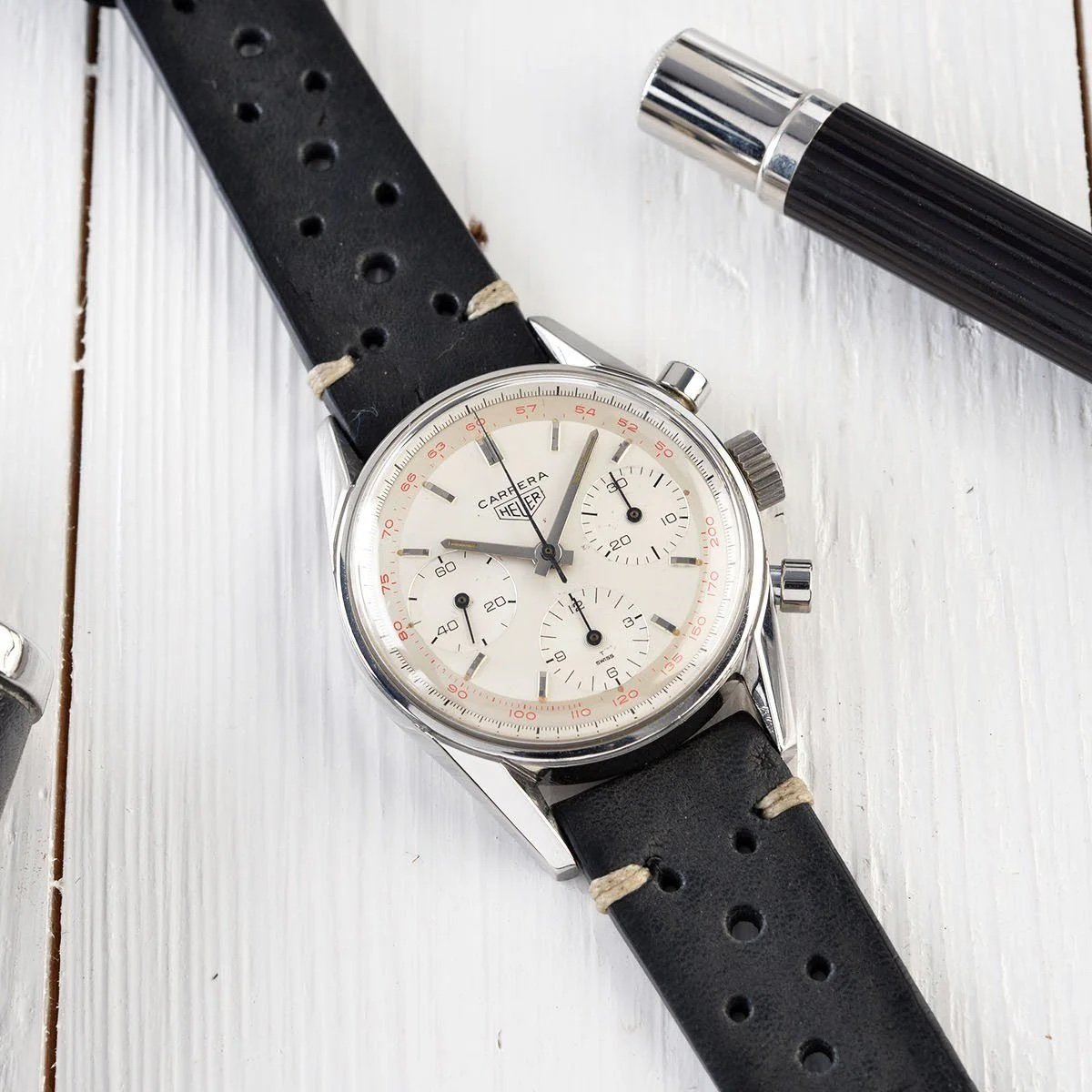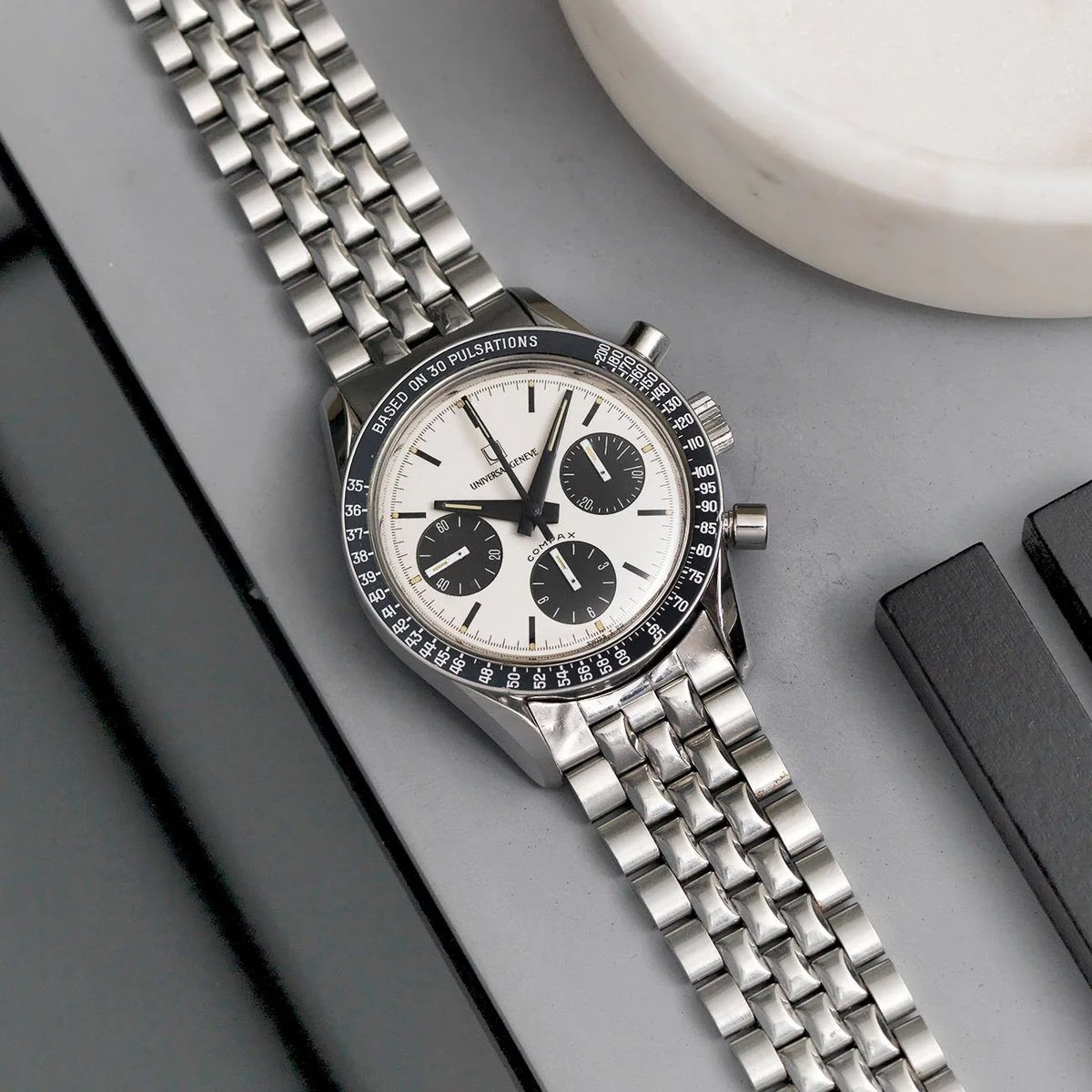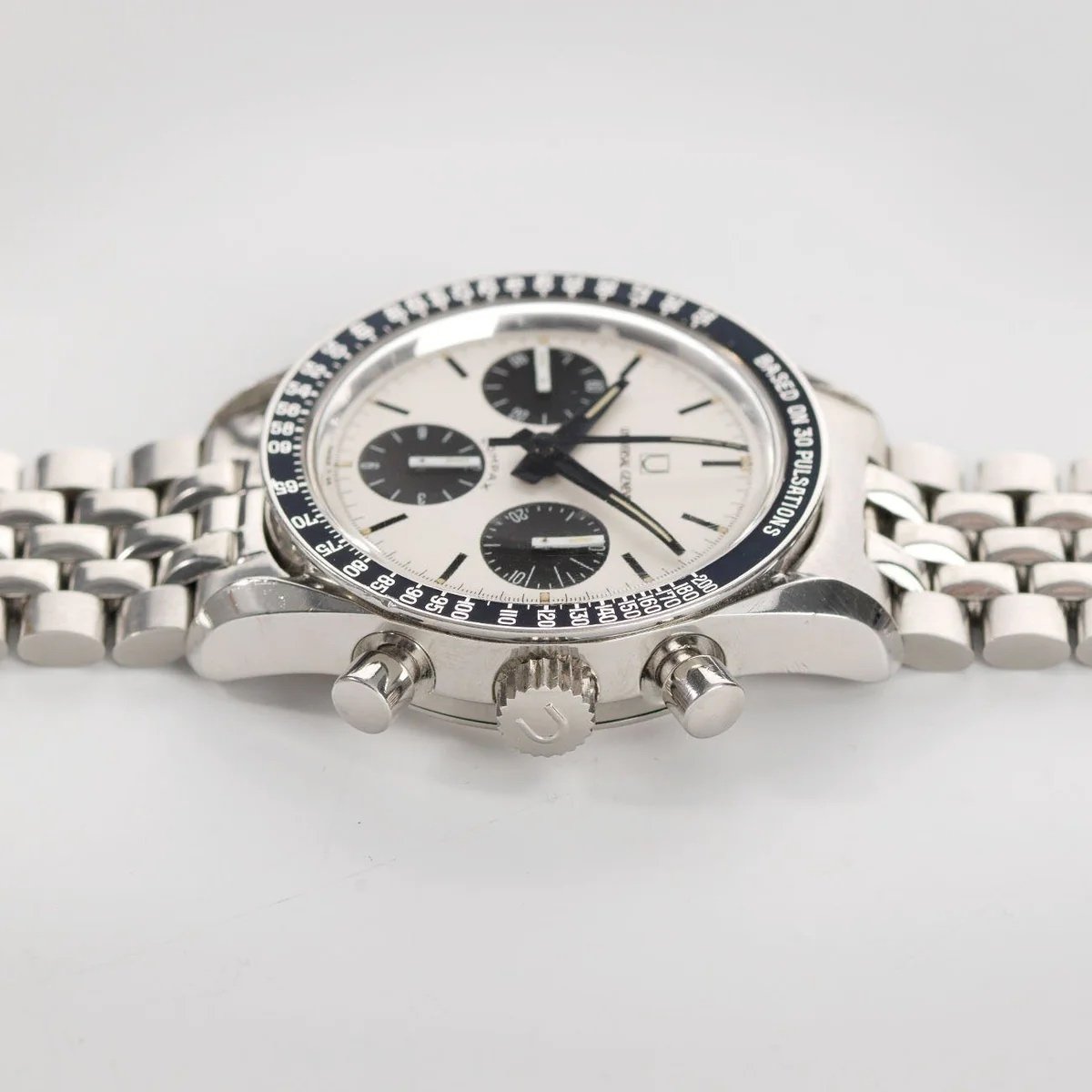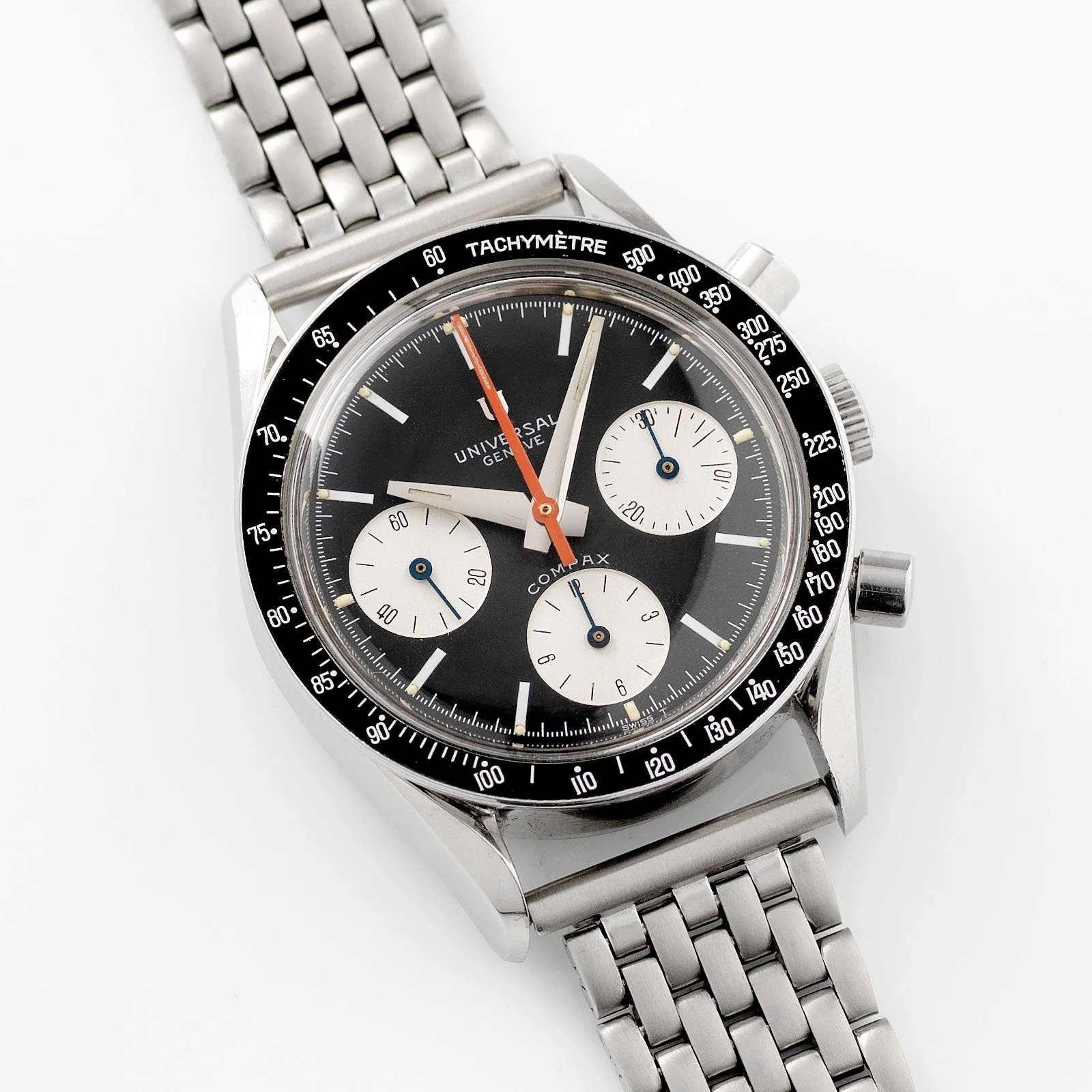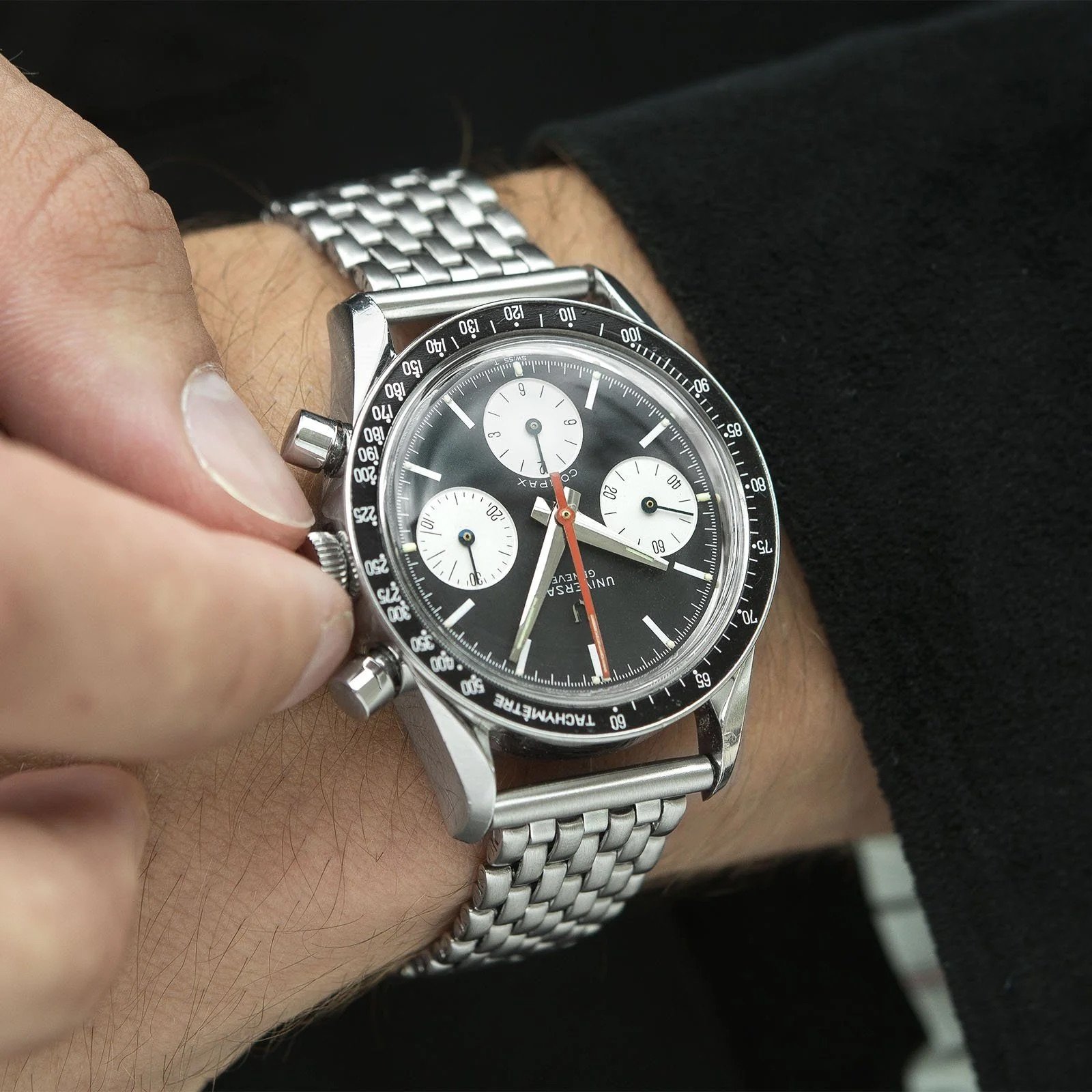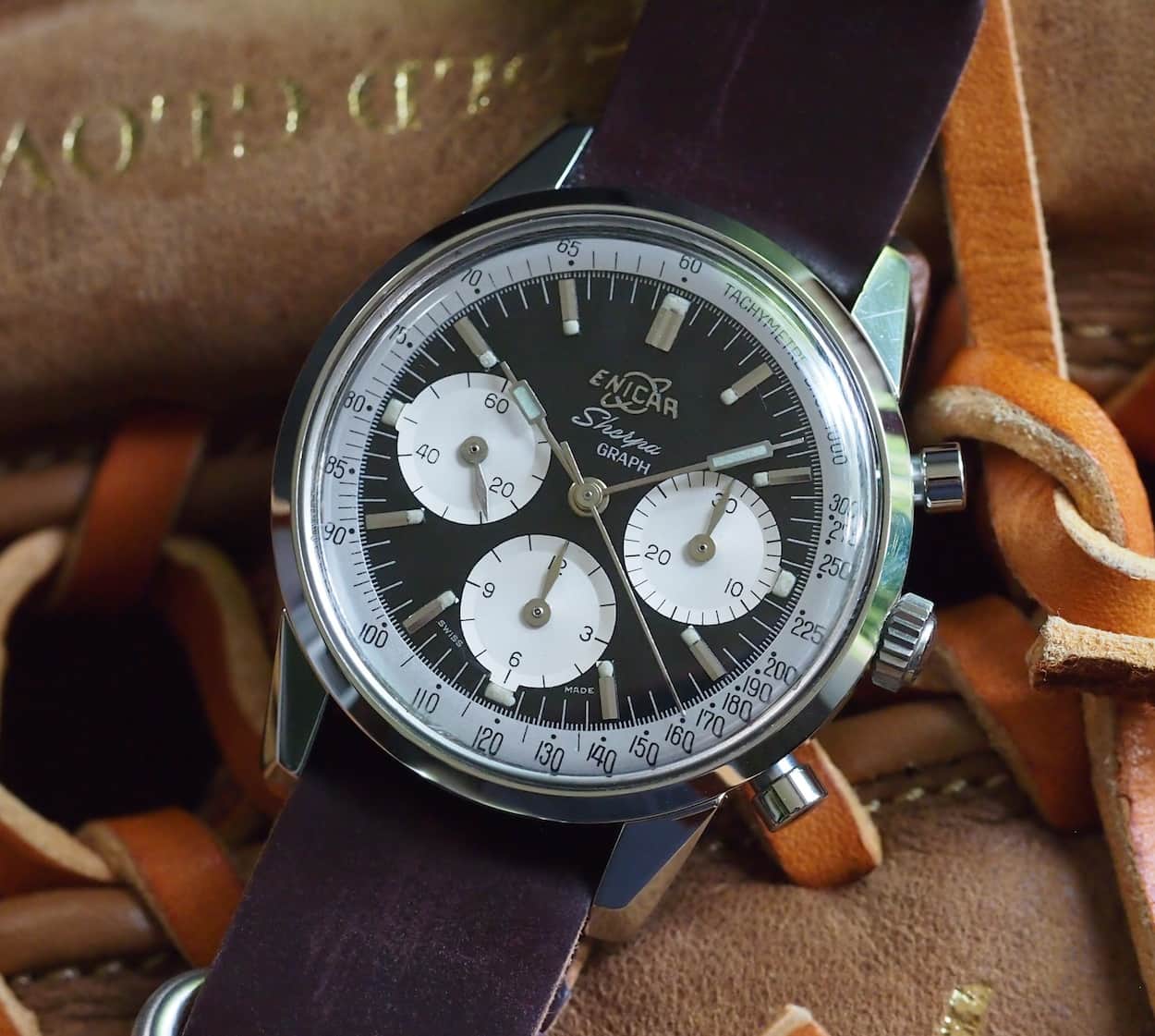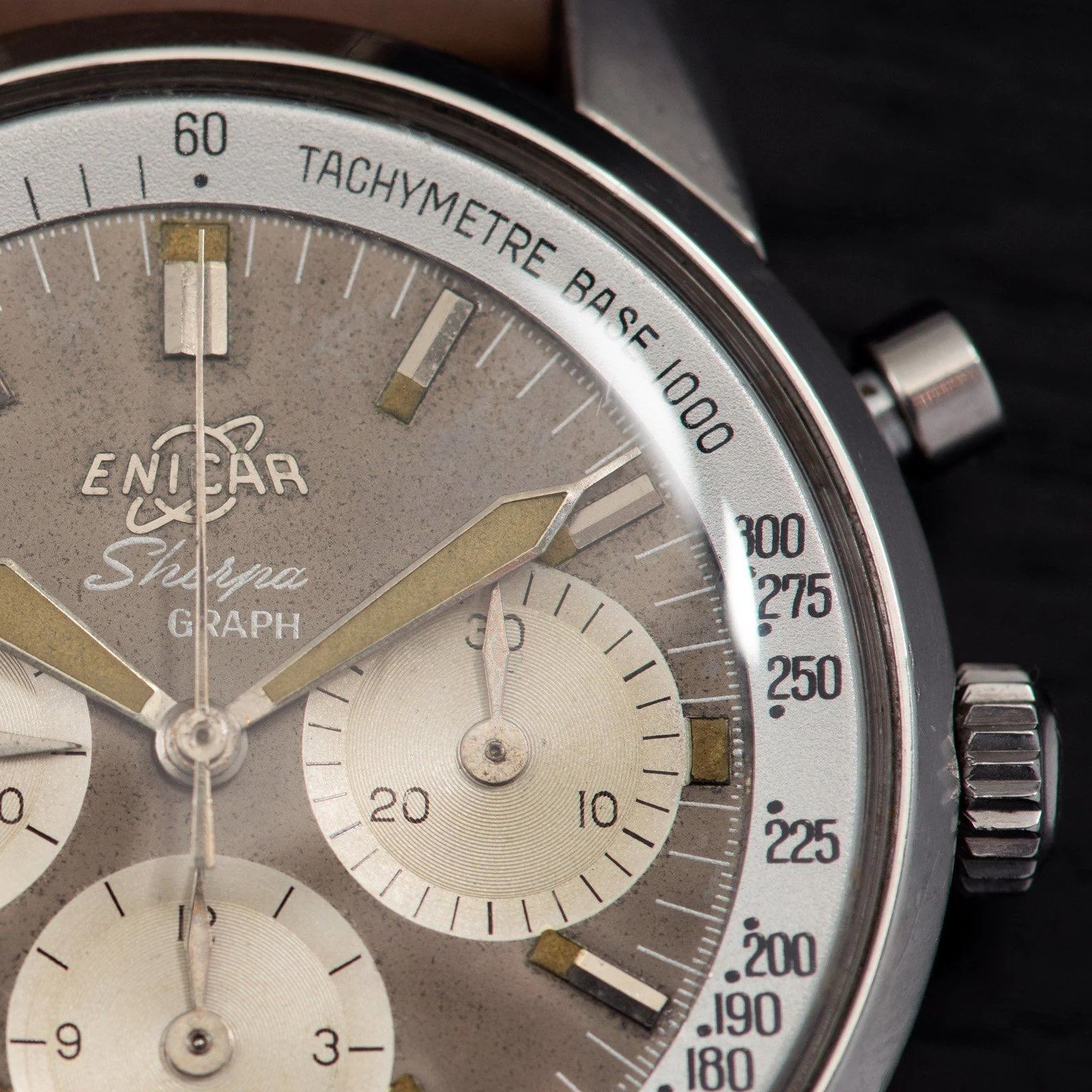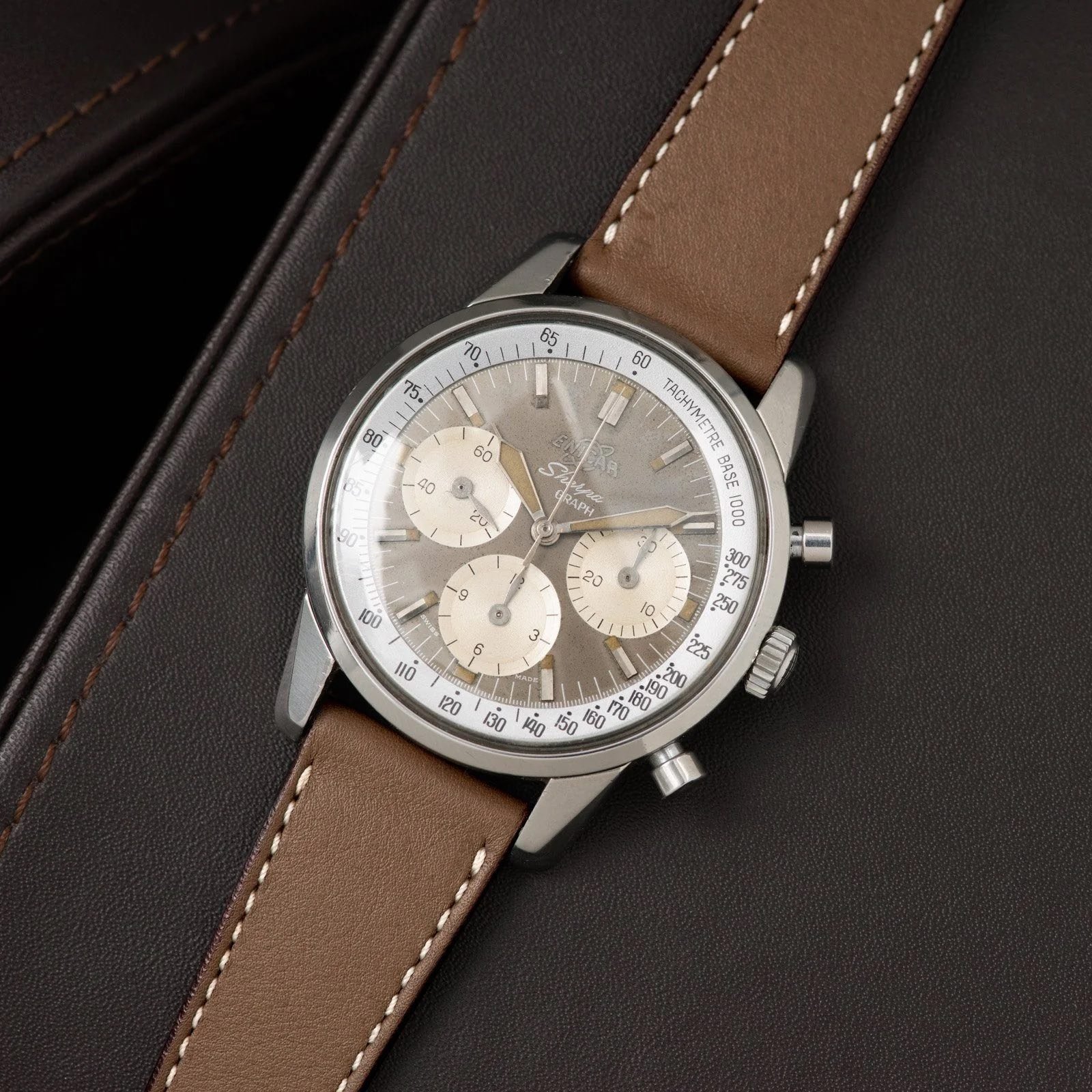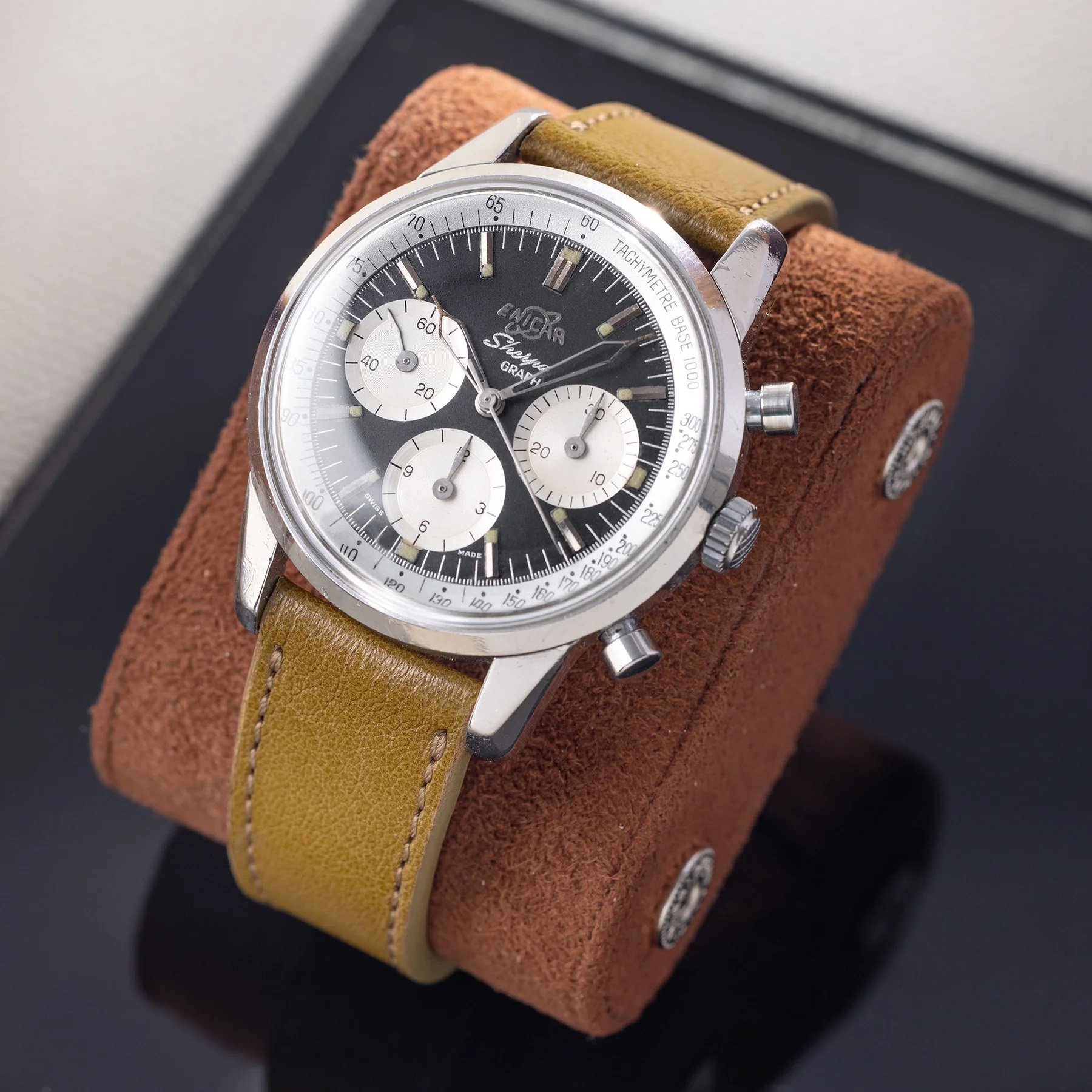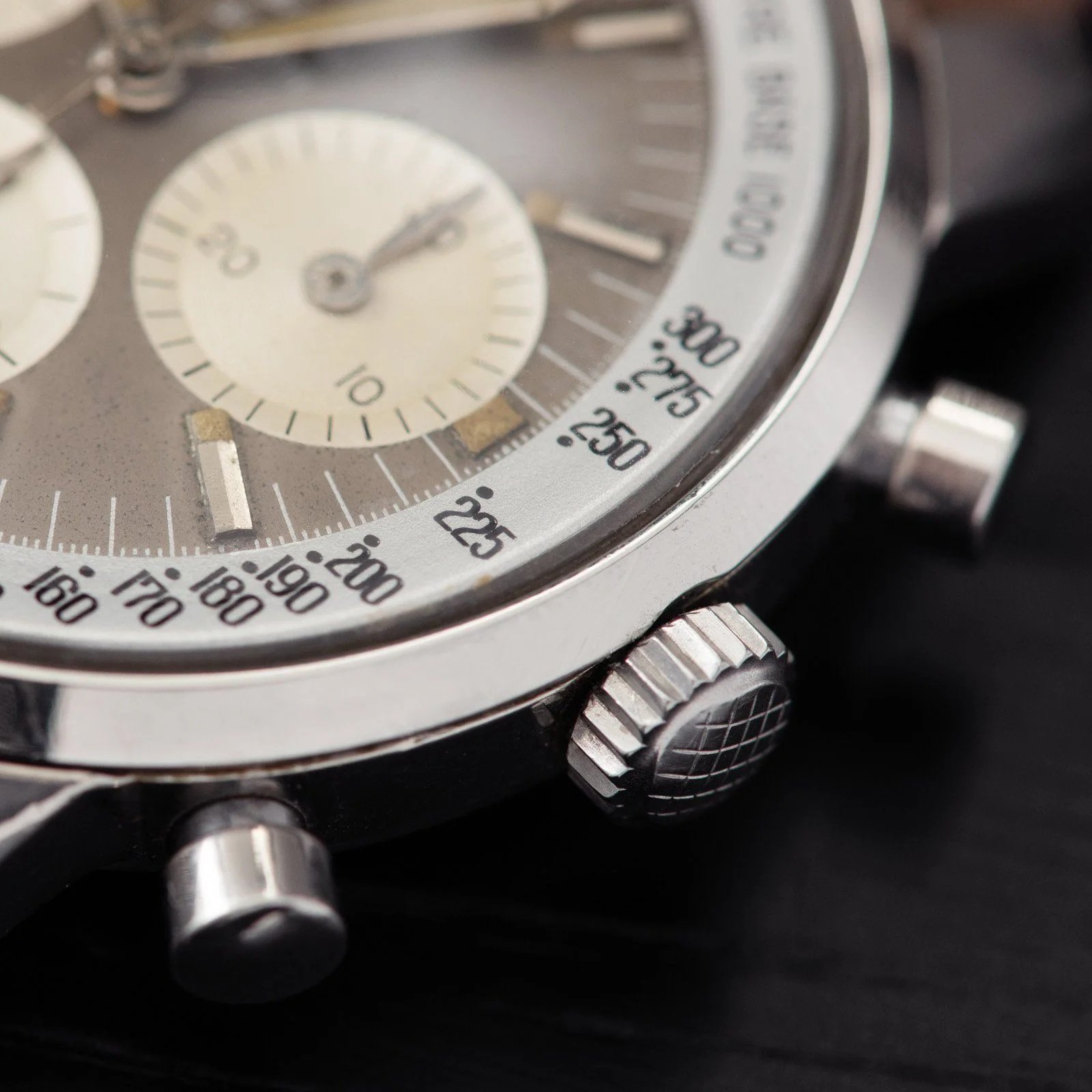Fratello’s Top 5 Classic Valjoux 72-Powered Watches — Featuring Rolex, Enicar, Breitling, And More
Another Friday, another list! This week, we continue our exploration of legendary movements. For this list, we have selected five classics with the famous Valjoux 72. As you will see, this chronograph caliber powered some of the most legendary watches that horology fans love. That’s why creating a list of the five standout Valjoux 72-powered watches makes sense. Let’s check them out!
The history of the Valjoux 72 and the Valjoux 23 that the former was based on is most definitely worth an article on its own. But as we discuss our top five watches powered by the movement, let’s stick to some quick facts. The Valjoux 23 debuted in 1916 and was a big success for the movement manufacturer founded by John and Charles Reymond in 1901. The Valjoux 23, or VZ23, is a two-register chronograph caliber that was the base for many other movements over the following decades. The standard layout featured running seconds at 9 o’clock and a 30-minute or 45-minute chronograph counter at 3 o’clock.
The birth of the Valjoux 72 in 1938
In 1938, Valjoux added a 12-hour totalizer at 6 o’clock, and the Valjoux 72 was born. This new caliber also served as a base movement for different variations. Famous examples are the Valjoux 72C triple calendar and the Valjoux 88 with an added moonphase indicator. The Valjoux 72 was in production until the late 1960s before it received a notable update. The company increased its operation frequency from 18,000 to 21,600 beats per hour, resulting in the Valjoux 726. Over the decades, the Valjoux 23 and 72 became popular calibers for many great chronographs. As you will see in this list, some very prestigious watchmakers used these movements for their famous chronographs. That’s also what makes them highly desirable for collectors. Now, without further ado, let’s take a look at five of our favorites.
Rolex Cosmograph Daytona
The watch that made the Valjoux 72 famous with a large audience was the Rolex Daytona. All the manual-winding Rolex Daytonas, from the first in 1963 to the last references in the late 1980s, were powered by the Valjoux 72B or a derivative of it. The first Daytona ref. 6239 from 1963 featured a black dial with silver sub-dials. A fun fact is that the first models did not feature the Daytona name.
Rolex initially called the watch Le Mans, but that name didn’t seem appropriate for conquering the American market. Thanks to the brand’s sponsorship of the 24-hour race at Daytona, that issue was solved, and from 1964 on, it was called the Daytona.
The initial Daytonas were powered by the Valjoux 72B, and soon after, the brand started using the Valjoux 722. With the introduction of the ref. 6262 and 6264 in 1969, Rolex also started using updated movements. The Valjoux 727, which was used until the end of the 1980s, increased the operation frequency from 18,000 to 21,000 vibrations per hour.
As a result, the new movement was also much more accurate. Rolex modified the movement, replacing 15 components, screws, and related clamps. Overall, the Valjoux 72-derived movements powered the Daytona from 1963 until 1988, an impressive 25-year run.
Breitling Navitimer “Pre-806”
In 1954, Breitling introduced its now-famous Navitimer as a capable pilot’s watch created for the Aircraft Owners and Pilots Association (AOPA). The watch didn’t get the official reference 806 until a year later. Most of you will know that the Navitimer’s functions with a slide rule and a three-register chronograph were inspired by the brand’s 1940s Chronomat ref. 786. But while that was a 36mm watch, at the time of introduction, the 40mm Navitimer was considered huge. However, that also came with the territory as the watch was intended to be legible and functional in the cockpit.
The early Navitimers from 1954 were powered by Valjoux 72 movements and are known as the “Pre-806” models. They are very rare and, as you would expect, fetch top dollar at auctions and when they come up for sale. Just a year after the introduction of the Navitimer, Breitling switched to the Venus 178 movement. Knowing that production numbers were nowhere near as high as they are nowadays, you can imagine how scarce these early Valjoux 72-powered Navitimers are. This only makes them more sought-after by collectors. Expect to see prices starting at €20,000 and quickly rising for one in good condition.
Heuer Carrera ref. 2447
When it comes to Heuer, there are several models with the Valjoux 72 to choose from. The famous Autavia 2446M “Jochen Rindt” is a great example, and so is the brilliant Camaro 7220 NT. But we opted for the legendary Heuer Carrera 2447, which started the Carrera legacy in 1963. The 2447 was in production until the late 1960s, and during that time, the brand created no fewer than 30 versions of it.
So I suggest you do your homework if you are interested in one of these watches. Mike wrote a great article in 2015 on the ref. 2447S that he bought for his dad. It’s the original version with a crisp silver/white dial, as seen two images up. It’s hard to beat those super clean looks in combination with the 36mm case.
Many of you will also know the stunning ref. 2447N, which has a black dial with black registers and a white ring on the periphery for the seconds scale. I love that specific execution because it has a super cool look that you don’t often see. All of the Carrera 2447 variants produced until 1970 were powered by the Valjoux 72.
These beautiful first-reference Carreras are worth checking out. You will see that one can be yours starting at less than €5K nowadays. But as always, the ones in good condition can easily cost €10K.
Universal Genève Compax “Nina Rindt”
Another illustrious duo of Valjoux 72-powered chronographs is the Universal Genève Compax “Nina Rindt” and Compax “Evil Nina.” Both are sports chronographs nicknamed after Nina Rindt, the wife of famous Formula 1 racing driver Jochen Rindt. She often wore the panda-dial version, a gift from her husband, on a large Bund strap.
The watch was in production from 1964 to 1967 and featured a 36mm stainless steel case with beautiful lyre lugs. The brand produced two dial colors. The first is the version with reference number 885.103/2. This model, known as the “Nina Rindt,” features a white dial and black registers.
The second model, reference 885.103/1, is known as the “Evil Nina,” and it features a black dial and white registers. On top of that, it has a large, bright red central chronograph hand for a nice bit of color. To the untrained eye, the Universal Genève Nina Rindt sometimes looks like a Rolex Daytona. It makes sense, but there are quite a few differences. The hands are the instant giveaway. Just look at the small hands used for the registers on the white-dial version. They look far too blocky for the size of the sub-dials. The Evil Nina model has much more refined hands for the registers.
Universal Genève made different bezels for these watches, including tachymeter and pulsometer variants. Of course, the watches were powered by the famous Valjoux 72 movement with its three-register layout. If you want to know more, I suggest you read Mike’s detailed story about the Evil Nina. As these are rare birds, expect to see prices start at roughly €15K and move up to €20K easily.
Enicar Sherpa Graph
Finally, we have the Enicar Sherpa Graph. It’s another legendary chronograph that is fun to read about. Mike owns a “Jim Clark” version (see above), and he wrote a nice story about it in 2015, so I suggest you read that. The Sherpa Graph debuted in 1960 and was in production for 10 years. During that decade, the legendary brand produced several versions of the watch with different dial colors.
In addition, the hand style also changed over the years to match the times. What ties these watches together is their super stylish presence defined by a beautiful 40mm case and beautifully designed dials in different colors.
I adore the gray-dial version Jim Clark wore on a white Tropic strap. Several famous racing drivers wore Enicar watches, including Stirling Moss, Eric Carlsson, and Gerhard Mitter. The “Jim Clark” version that Mike owns has a beautiful black dial with the tachymeter printed in black on a white background and thin hour and minute hands with wider rectangular lume plots. Stirling Moss was the brand’s driver for early ads for the Sherpa Graph Mk1 with the characteristic sword-style hands.
Inside the 40mm case, as you would expect, lies the Valjoux 72 that powers all the other watches on this list. Because this Enicar Sherpa Graph is a rare watch, especially the Mk1 versions, expect steep prices. Going rates for the later versions start at roughly €6.5K, but early models in good condition can sell for €15K. What you get in return is one of the most stylish chronographs powered by the legendary Valjoux 72 movement.
Final thoughts on our list of Valjoux 72-powered classics
There you have it — five watches powered by the legendary Valjoux 72. And as some of you know, that’s just the tip of the iceberg. There are watches from renowned brands, such as Longines, Audemars Piguet, Patek Philippe, Vacheron Constantin, and Jaeger-LeCoultre, powered by movements based on the Valjoux 23 and 72 calibers. It makes it great fun to research more watches than the five we picked, but we love all five of our choices today. And as much as we do, we are curious about which one you like best. Let us know your favorite in the comments, and we will see you again for a new list next week.
Featured image: The Watch Club

